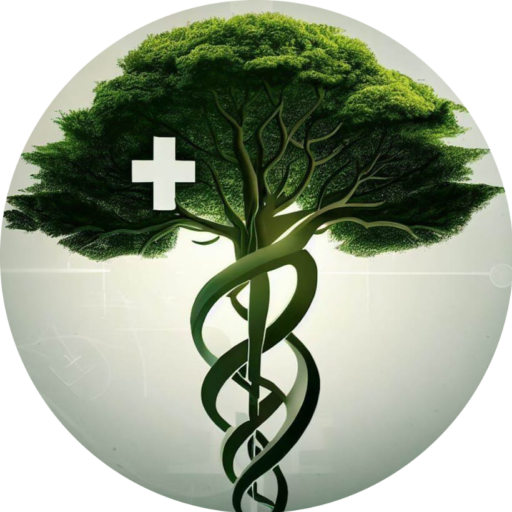Approach to a Case of Thyroid Disorder
Approach to a Case of Thyroid Disorder
- Patient Presentation
- Symptoms of thyroid dysfunction (e.g., fatigue, weight changes, palpitations, temperature intolerance)
- Initial Evaluation
- Detailed history (family history, medications, radiation exposure, autoimmune diseases)
- Physical examination (thyroid enlargement, nodules, signs of hyper/hypothyroidism)
- Laboratory Tests
- TSH (Thyroid Stimulating Hormone)
- High TSH
- Check Free T4
- Low Free T4: Primary Hypothyroidism
- Normal Free T4: Subclinical Hypothyroidism
- Check Free T4
- Low TSH
- Check Free T4 and Free T3
- High Free T4/T3: Primary Hyperthyroidism
- Normal Free T4/T3: Subclinical Hyperthyroidism
- Check Free T4 and Free T3
- High TSH
- TSH (Thyroid Stimulating Hormone)
- Further Evaluation (if abnormal TSH)
- Thyroid Antibodies
- Anti-TPO (Thyroid Peroxidase Antibodies)
- Positive: Hashimoto’s Thyroiditis (Hypothyroidism)
- TSI (Thyroid Stimulating Immunoglobulin)
- Positive: Graves’ Disease (Hyperthyroidism)
- Anti-TPO (Thyroid Peroxidase Antibodies)
- Thyroid Ultrasound
- Evaluate for nodules, goiter, cysts
- Radioactive Iodine Uptake (RAIU) and Scan
- High uptake: Graves’ disease, toxic multinodular goiter, toxic adenoma
- Low uptake: Thyroiditis, exogenous thyroid hormone
- Thyroid Antibodies
- Diagnosis
- Hypothyroidism (Mnemonic – THYROID’S)
- Primary: Hashimoto’s thyroiditis, iodine deficiency, post-radioactive iodine therapy/surgery, medications
- Secondary: Pituitary/hypothalamic dysfunction
- Hyperthyroidism (Mnemonic – GRAVE HIM)
- Graves’ disease, toxic multinodular goiter, toxic adenoma, thyroiditis, iodine-induced
- Hypothyroidism (Mnemonic – THYROID’S)
- Management
- Hypothyroidism
- Levothyroxine replacement
- Monitor TSH and Free T4 levels regularly
- Hyperthyroidism
- Antithyroid medications (Carbimazole, Methimazole, PTU)
- Radioactive iodine therapy
- Surgery (thyroidectomy)
- Symptomatic treatment (beta-blockers for tachycardia)
- Hypothyroidism
- Follow-Up
- Regular monitoring of thyroid function tests
- Adjust treatment based on clinical response and lab results

